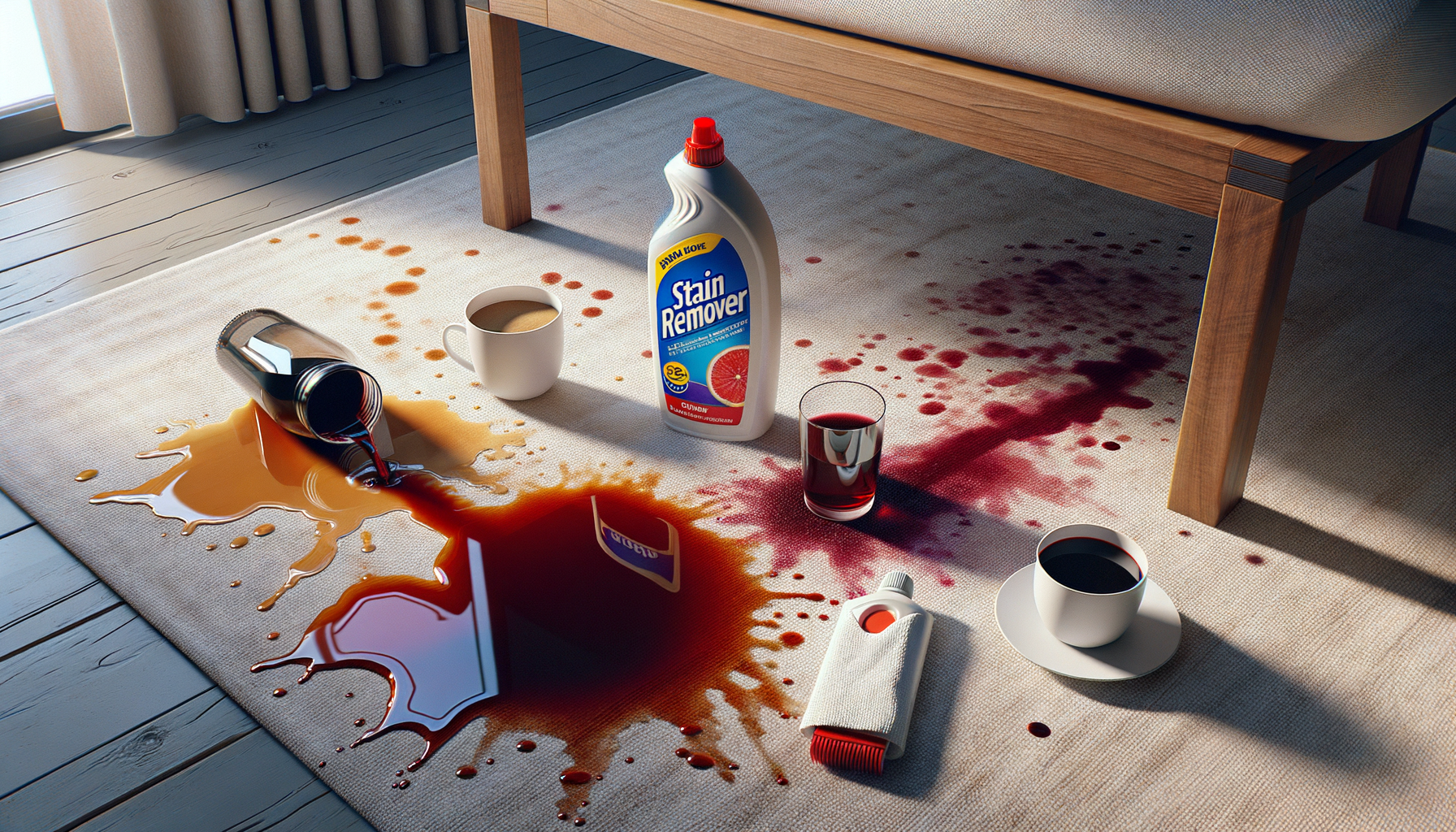Introduction to Stain Removal
Stains are an inevitable part of life. Whether it’s a splash of coffee on your favorite shirt or a smear of grass on your child’s jeans, knowing how to tackle these pesky marks can save your garments from the donation pile. Understanding the nature of stains and the appropriate methods for removing them can make the process much smoother. This guide will walk you through effective strategies for dealing with everyday stains, ensuring your clothes and fabrics remain in top condition.
Understanding Different Types of Stains
Stains can be broadly categorized into several types, each requiring a different approach for removal. The most common types include:
- Water-based stains: These are perhaps the easiest to tackle and include substances like coffee, tea, and juice.
- Oil-based stains: Grease, butter, and makeup fall into this category and often require special treatment to break down the oil.
- Protein-based stains: Blood, sweat, and dairy products are protein-based and can set into fabrics if not treated promptly.
- Dye stains: These include ink and some types of food coloring, which can be particularly challenging to remove.
Identifying the type of stain is the first step in selecting the right removal method. Using the wrong technique can sometimes set the stain further, making it even harder to remove.
Essential Stain Removal Techniques
Each type of stain requires a specific approach for effective removal. Here are some general techniques to consider:
- Blotting: Always blot stains with a clean cloth rather than rubbing, which can spread the stain.
- Cold Water Rinse: For most stains, especially protein-based ones, a cold water rinse is recommended to prevent setting.
- Pre-treatment Solutions: Applying a stain remover or a mixture of detergent and water before washing can help break down stubborn stains.
- Heat Treatment: For oil-based stains, applying heat can help dissolve the grease, making it easier to wash out.
It’s crucial to read the care label on your garments to ensure that the stain removal technique won’t damage the fabric. Testing the solution on a small, inconspicuous area can prevent potential damage.
Natural Stain Removal Solutions
Many people prefer to use natural solutions for stain removal, which are often gentler on fabrics and the environment. Some popular natural remedies include:
- Baking Soda: Known for its abrasive properties, baking soda can help lift stains from fabrics when mixed with water to form a paste.
- Vinegar: Effective for removing odors and some stains, vinegar can be used as a pre-treatment or added to the wash cycle.
- Lemon Juice: The natural bleaching properties of lemon juice make it suitable for removing light stains and brightening whites.
- Salt: A quick fix for fresh stains, salt can absorb liquid and prevent the stain from setting.
These natural solutions can be effective for a wide range of stains, but it’s important to use them appropriately to avoid damage to delicate fabrics.
Conclusion: Maintaining Your Fabrics
Stain removal is an essential skill for maintaining the longevity and appearance of your fabrics. By understanding the nature of stains and employing the right techniques, you can effectively tackle most common spills and accidents. Whether you prefer commercial stain removers or natural solutions, the key is to act quickly and choose the appropriate method for the type of stain and fabric. With these tips, you can keep your clothing and household items looking fresh and new.




Leave a Reply